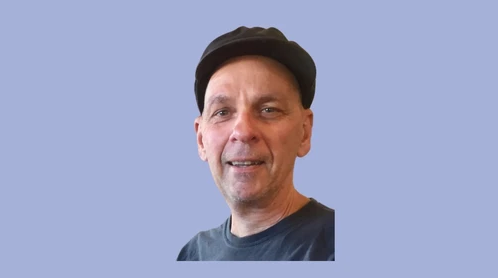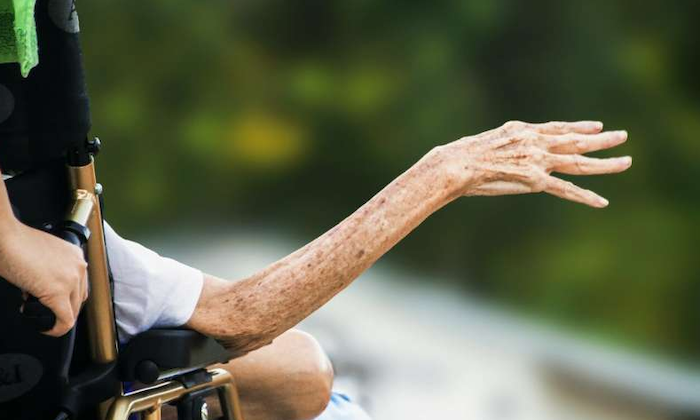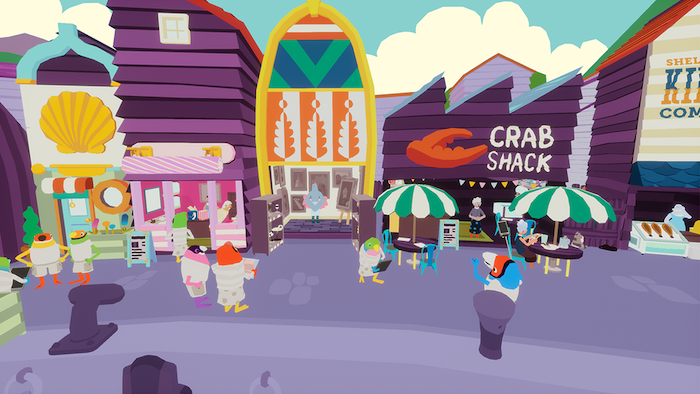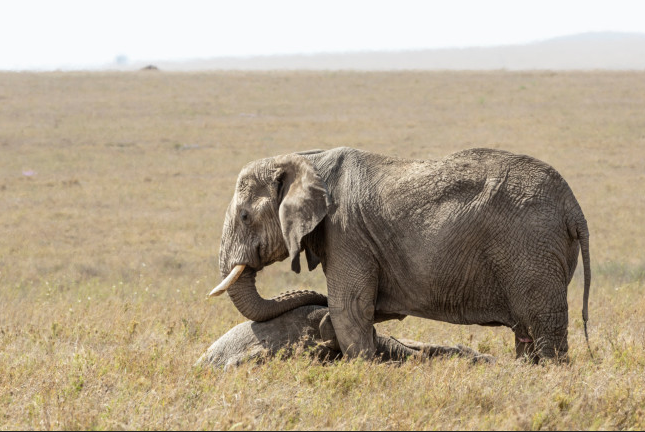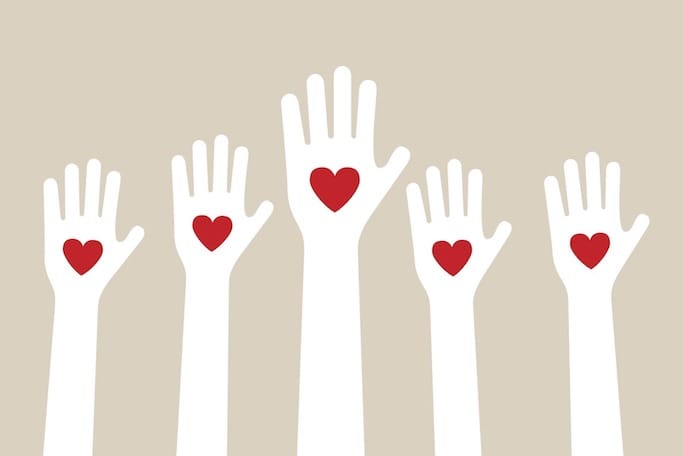
By Nekee Pandya
When the United States recorded 100,000 deaths from the novel coronavirus, the New York Times (NYT) commemorated the lives lost by filling their front page with a list of the names of those who died, accompanied by descriptive phrases that gave small glimpses into their lives. Titled “An Incalculable Loss,” the piece helped remind us that those who perished from the virus were people, beloved members of our communities. Like many New Yorkers, I scrolled through the names on the list, trying to understand the scope of loss our city was experiencing. Like many New Yorkers, I came across a name I recognized. This name, however, wasn’t of a friend or family member, it was of one of the patients that I took care of when they got sick with COVID-19.
I work as a hospitalist at a large hospital in Manhattan. During the COVID-19 peak, I was redeployed to co-lead one of the pop-up intensive care units (ICUs) created to expand our ability to care for our sickest patients during the surge. It may not seem surprising that I came across the name of one of my patients on the NYT list, but the odds are actually exceedingly small. Although the article depicted an unimaginable amount of deaths over a few short months, the names represented only 1 percent of the total lives lost in the United States at that time. And while New York City has been the epicenter of the pandemic, Manhattan was relatively spared compared to the other NYC boroughs. And yet, we did not feel spared.
Within three weeks of admitting our first COVID-19 patient, we had filled all our existing ICUs with coronavirus cases and had started construction to create new ICUs to keep up with the number of critically ill patients. As one colleague described, it felt like we were imitating Wile E. Coyote as he frantically tried to lay down new train tracks before an oncoming train; as soon as a new ICU opened, it was filled within hours.
The name I came across in the article was one of my first patients in the newly created COVID-19 ICU where I was asked to work. As a hospitalist, I am trained as a doctor of internal medicine who cares for acutely ill hospitalized patients. Although I have worked in ICUs before, I am not critically care trained. Determined to provide my patients with the best care possible, I spent time training with our critical care colleagues, practicing procedures on mannequins, and watching countless videos aimed at brushing up on my ventilation management skills. I was partnered with an anesthesia attending and pulmonary critical care fellow to create a team that brought together different skills to ensure we could handle all aspects of the patients’ care.
Our 12-bed ICU was completely filled within 36 hours of its existence. The patient on the NYT list was one of five new patients with severe COVID-19 who came to us within four hours. We quickly realized that caring for these patients was a hospitalwide team effort. We had daily phone conferences to share our experiences, exchange ideas, and create new standards of care. We all became COVID-19-ists, united in treating just one disease. Yet, in other ways, the care of these patients was also incredibly lonely. I spent my days standing alone in the room of intubated and sedated patients, in layers of personal protective equipment, listening to the beeping of monitors and the hum of the negative pressure system, hoping that we had learned enough about this disease to help our patients survive. I often found my gloved hands holding theirs, knowing that they didn’t know I was there but hoping that my touch might make them, and me, feel less alone.
I can remember every patient in our unit those first few weeks. The 40-year-old man whose old college friends sent us daily meals for three weeks; the 80-year-old man who had a wife dying of COVID-19 in another hospital; the man who survived discharge from the COVID-19 ICU only to die in a general medicine unit a few days later from a massive bleed; the sole woman being treated in the COVID-19 unit, who used to be a nurse. Some of them passed. Some of them stayed in our unit for weeks, went to our in-house rehabilitation unit, and were eventually discharged home. Some of them are still hospitalized today. And while the stories of all those patients stay with me, the patient whose name I came across in the article is especially meaningful. He was my first patient that died of COVID-19.
The day he died was also the day that my first patient with COVID-19 improved enough to be taken off a ventilator. Our whole team stood in a mass outside of the glass doors, watching as the respiratory therapist prepped to take the breathing tube out. It would be our first time seeing someone with such severe disease survive this infection. As soon as he was extubated, the resident on our team rushed into the room with an iPad to FaceTime the patient’s family. We could hear the cries and cheers of his family from outside. My resident, wanting the family to see the team that took care of their loved one, swung the iPad around and there we were 10 masked faces cheering from just outside the room. Six feet, a glass door, and an iPad apart, we all celebrated that moment together.
But within 10 minutes of this first success, I was standing in the room of my other patient, to be with him when he died. Up until a few days before his death, his story sounded exactly the same as the patient’s we had just extubated. He was a man in his fifties, with a few well-controlled medical problems, who came in with a dry cough and shortness of breath. Both men had been on the medical floor for a few days before they were intubated. Both spent the first few days on our unit deeply sedated, paralyzed, on high ventilatory settings. But for reasons unknown to me, or to the rest of the medical community, one of them was recovering, and the other was progressing to multi-organ failure.
I stood at his bedside in disbelief that we weren’t able to help him survive. He was young, too young. He still looked robust, as if he was about to wake up and tell us to take the tube out. Like all hospitalists, I’ve taken care of many dying patients, but this death felt different. I was not used to seeing a young healthy person die of pneumonia. I was left feeling like I failed him and struggled to give him any semblance of a “good death” in the sterile, lonely ICU room.
My patient’s partner saw him for the last time over FaceTime. Family and friends texted the patient’s phone so we could read their messages aloud before he passed. I was struck by the contrast of his current situation to his last texts where he told people he was feeling fine but the doctors told him he needed to be intubated. We read him messages of love, thanks, and sadness from his family and friends, knowing that it was a poor substitute for their presence but trying to do whatever we could to imitate what a good death would look like in any other situation. I stood in the room with the nurse in silence, not knowing how long it would take for him to pass but not wanting to leave him alone. The nurse suggested it might be nice to play him some music. My goggles fogged up while I tried to find his most played list on Spotify. The music that played was upbeat and electric, completely at odds with his current situation. It made me imagine the type of person he was before he got sick, before COVID-19 took his life. An hour after his death, a new COVID-19 patient on the edge of death rolled into his now disinfected room, forcing us to quickly shift our attention to try to help this new patient survive.
When I saw the deceased patient’s name on the NYT list, feelings of hopelessness and guilt resurfaced once again. There were no proven treatments for COVID-19, so most of the time it felt like everything we were doing was just buying patients time. Buying them time to let their bodies either recover or succumb. We saved a lot of lives by buying them time, but we lost a lot, too. I clicked on his name in the article, and it led me to his obituary. I learned about his life and his passions and got a glimpse into the man who listened to that upbeat playlist. I hoped that our farewell was the good death he deserved.
A few weeks later, I was sent a video of our first extubated patient going home. He was walking out of a car, down the sidewalk, and up the stairs, all with an oxygen canister in tow. He had a big grin on his face as he looked at all his neighbors out on the doorsteps cheering him on. He probably wouldn’t recognize me if we met. He left our ICU almost immediately after he was extubated to make room for the next patient, and he never saw me without my mask and goggles. But seeing him take those steps brought me to tears. I shared the video with my team as a reminder of the meaning behind our work.
It is my colleagues that I worry about now. Every doctor in my hospital has stories like mine: stories of soaring highs and extreme lows. Doctors speak of being unable to do right by patients due to resource limitations or institutional policies. They tell stories of distress over equity in patient care and stories of rage about the societal and governmental response to this crisis. And now, with the rates of COVID-19 rising in the rest of the country, many more doctors will be dealing with these scars and collective trauma. Studies all over the world are finding higher than usual rates of burnout and depressive symptoms amongst doctors caring for COVID-19 patients. In New York, where we are just past the first wave of COVID-19, we are starting to think about how we can heal the healers.
We have learned that we need to move beyond the impromptu office debriefing with colleagues and create formalized space and time for hospitalists to share and reflect on experiences. Our hospitalist group has started the process by allowing doctors to choose the format in which they would like to debrief. Everyone had the opportunity to meet in dyads, small groups, or large groups, to swap stories, cry through losses, celebrate victories, and vent about the things we had no control over and things that we could have done better. It has let many of us explore emotions that we did not have time to deal with in the moment and may not have even recognized that we were having. It also helped us lean on the people in our lives who truly understood our experience: each other.
Part of this process also included sessions with the hospitalist section chief to reflect as a group on the response to the crisis. Hospitalists were encouraged to have honest and open discussions about what did not work well organizationally, as well as to brainstorm and exchange ideas on how the group could do things differently moving forward. Having a leader at the table who was committed to listening and enacting change was key in combating the helplessness and isolation felt by individual practitioners.
Hospitals must start prioritizing—and devoting time and resources to—the well-being of their providers during the pandemic. Given the degree of trauma experienced by providers, if we don’t address the post-COVID-19 care of physicians now, we will find the consequences of burnout rippling through the medical field. Our community has already seen its first physician suicide amidst this crisis. Beyond the negative impact of burnout on providers, we know that patients’ care will also suffer. As we prepare for a potential second surge of COVID-19 infections, it is imperative that we invest in helping our physicians recover, so they can be prepared to provide the best care possible when they are asked to lead the fight once again.
Complete Article ↪HERE↩!


